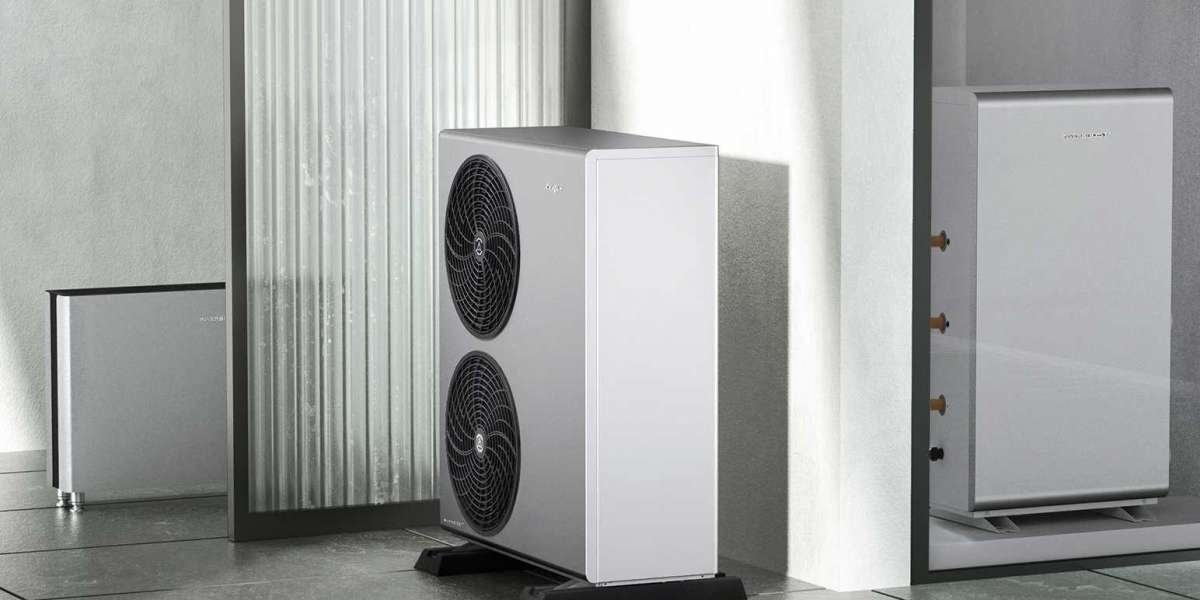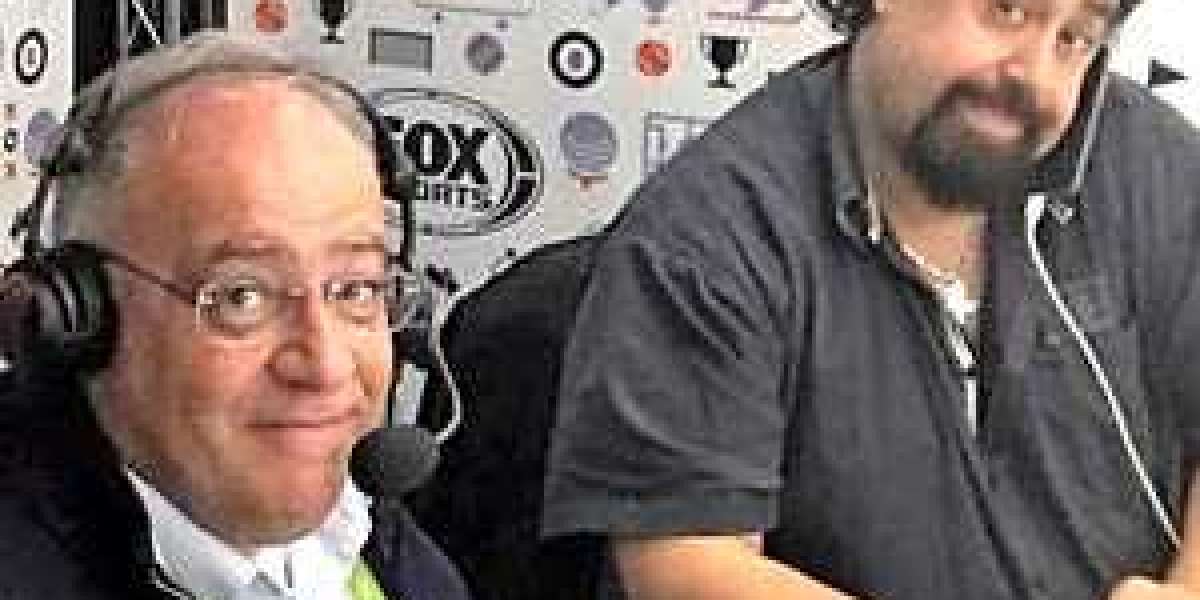Schumacher Electric sells many different types of battery chargers. The two most common types we offer are manual battery chargers and automatic battery chargers. These two charger types have key differences in their operation. Follow the instructions to preserve your battery’s life and stay safe.
Manual Battery Chargers
Manual battery chargers charge the battery they’re attached to regardless of the battery’s charge level. They do not cycle or shut down by themselves. Instead, they’ll push current at the selected setting until you disconnect them from the charger.
If you’re using a manual battery charger, keep an eye on the ammeter as you charge. This will ensure you know when full charge is achieved.
You can also use a hydrometer or voltmeter to determine the level of charge. Stop the charging process as soon as the battery is fully charged. Failure to do so could result in battery damage, property damage, and even injury.
Automatic Battery Chargers
Schumacher automatic battery chargers will stop charging and switch to a Maintain Mode (Float-Mode) once the battery is fully charged. Automatic chargers don’t impact battery life or safety as much as manual ones. But they shouldn’t stay connected for indefinite periods of time or as maintenance chargers.
What is maintain mode (float mode) charging?
Maintain mode, also called float mode, charging is a technology used in many Schumacher automatic chargers and maintainers. It keeps batteries charged by delivering small amounts of current to the battery when necessary. If battery voltage drops below a preset level, the charger will begin to charge it once more. It continues to switch between the two modes as necessary. Most Schumacher automatic chargers use microprocessors to help manage the charging process.
How Microprocessor Controlled Charging Works
These differ from chargers with transformers in key ways. Microprocessor controlled chargers use algorithms to monitor the charging process and make adjustments based on the information about the battery’s current voltage and charge.
Fast charging in this way doesn’t negatively affect battery life or performance, and it can even help prolong battery life. The best part about microprocessor controlled chargers is that they can be connected for a longer period of time. For faster, safer, and more efficient charging, use a microprocessor controlled charger.
Trickle Chargers
Another type of maintenance charger can be left attached to a battery for a day or two out of the month. These chargers are called trickle chargers. Unlike float chargers, however, they have no sensor to determine when or if a battery is charged. Like manual chargers, they’ll continue to deliver current until disconnected.
How to Use a Trickle Charger
To use a battery trickle charger, connect it like you would any other battery charger. Use it once per month, and let it run for no longer than a day or two. This will keep your battery adequately charged and maintained without running the risk of boiling the electrolytes out of your battery or damaging its exterior plates through overcharging.







